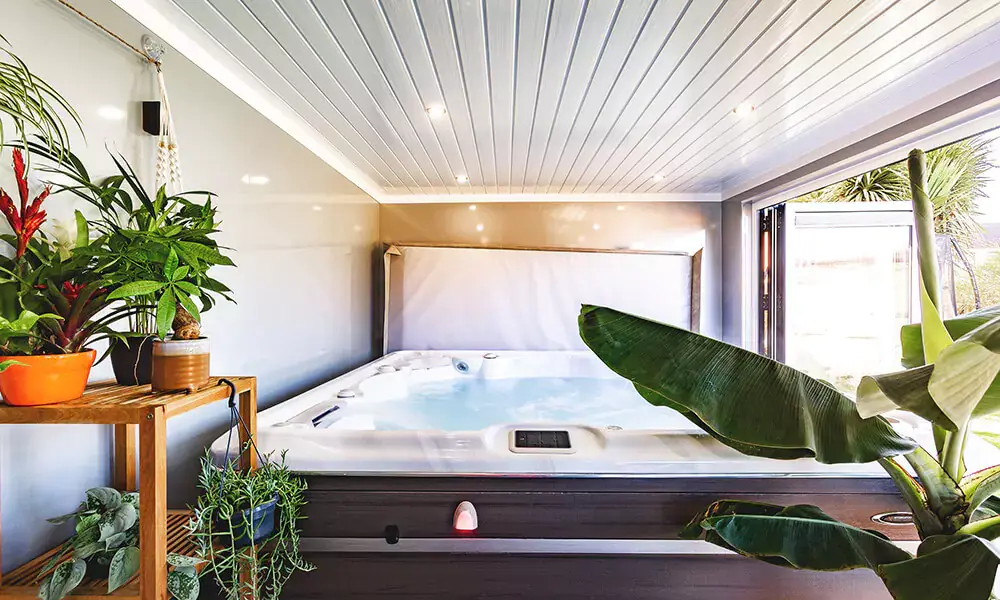Share Post
Exploring The Health Advantages Of Swim Spas For Low-Impact Fitness
As we age our joints aren’t what they once were. Gone are the days of high intensity running, or competitive contact sports. So what can help us get our heart pumping, and our muscles working?
In this post we’re going to look at the difference between high and low impact exercises, and how a swim spa can slip into your new exercise routine, for a low-impact workout at home.
What’s the difference between high and low impact exercise?
High Impact
Usually, a high impact exercise is defined as an exercise that involves both feet leaving the ground. Jumping, running being the very basics, but stretching to sports such as football, tennis and beyond.
Any exercise where the energy and weight of your body is transferred to bones and joints can be considered high impact. Take boxing for example; while you may not be jumping or running around, each punch transfers energy into your hands, wrists, elbows and shoulders.
Ballet, while often gentle and graceful, can be high impact - with high jumps putting strain on the knees and hips, and going ‘en pointe’ puts tremendous stress on the joints and bones in the feet and ankles.
Low Impact
Low impact, as you may have guessed, is the opposite. Taking care not to compact and strain joints, while maintaining the benefits of cardio or strength training.
Swimming, cycling, yoga, and pilates are all low-impact activities. Each can help build strength and cardiovascular fitness, but help avoid the potential for damage to the joints, like many other activities.
This is not to say high-impact exercises are bad. In fact they’ve been shown to help improve bone density and joint resilience. However, as we age it’s important to find a balance between high and low impact.
So how does a swim spa fit into all of this?
As mentioned above, swimming is one of many low-impact activities. Generally, exercise in water can be one of the best ways to achieve a low-impact workout.
A swim spa makes all of this easy, at home, and accessible to those with mobility issues.
Let’s start by explaining the basics: Swimming is a fantastic workout for both cardio fitness and strength training. With a variety of strokes to do, each geared towards different areas of the body and the exercise goals you have in mind.
A gentle breaststroke for a prolonged period will help build arm and leg muscles, and help with joint fluidity and flexibility - or kick it up to a front crawl to get the blood pumping - all low impact.
Going between different intensities is especially easy in a Swim Spa. Set your speed for the full workout, or try a variable speed program for a mix of cardio to strength workouts - and all of it can be tracked with smart FORM swim goggles - which are able to track which stroke you swim, distance, and calories burned - and then track it all to an app on your phone.
A Swim Spa can be used for much more than just swimming. Whether it’s an indoor or an outdoor swim spa, it’s your own private aquatic gym.
Aqua Aerobic exercise is a fantastic way to help with fitness, cardiovascular health, weight loss, mobility, and rehabilitation. With a great range of exercises possible, with the water supporting your body weight, the risk of high-impact injury is minimised, meaning your joints can get an amazing workout too, without any worry!
With exercise bars, and tether points, as well as optional fitness kits that include accessories for resistance training, there’s a huge range of exercises to do, other than swimming. Check out the video below for a small taste:
Once you’ve finished your low-impact aquatic workout, you can start your cool down routine, and relax in one of your swim spa’s hydrotherapy chairs. What better way to start or end your day than relaxing in your very own garden swim spa? You’ve earned it!




